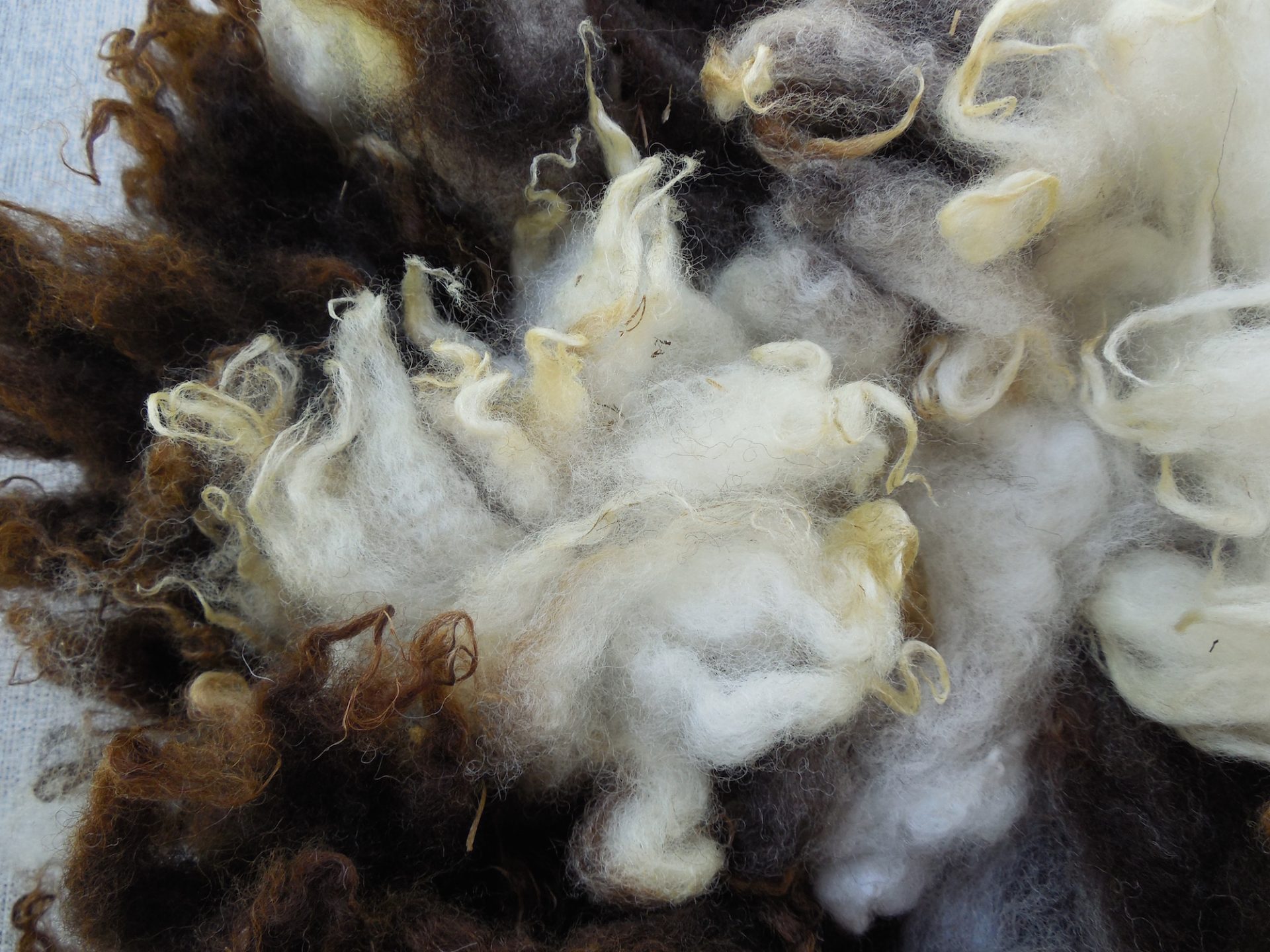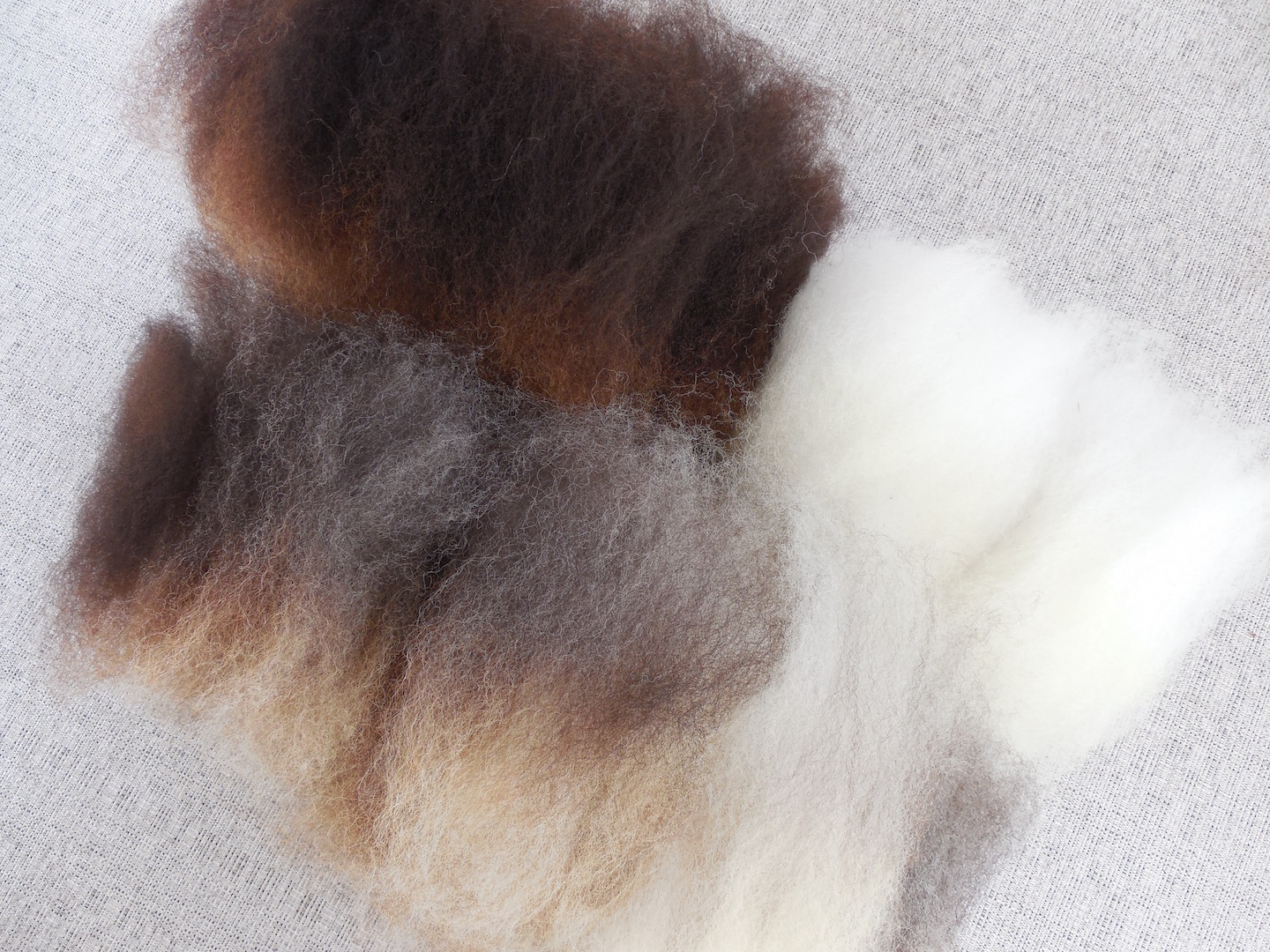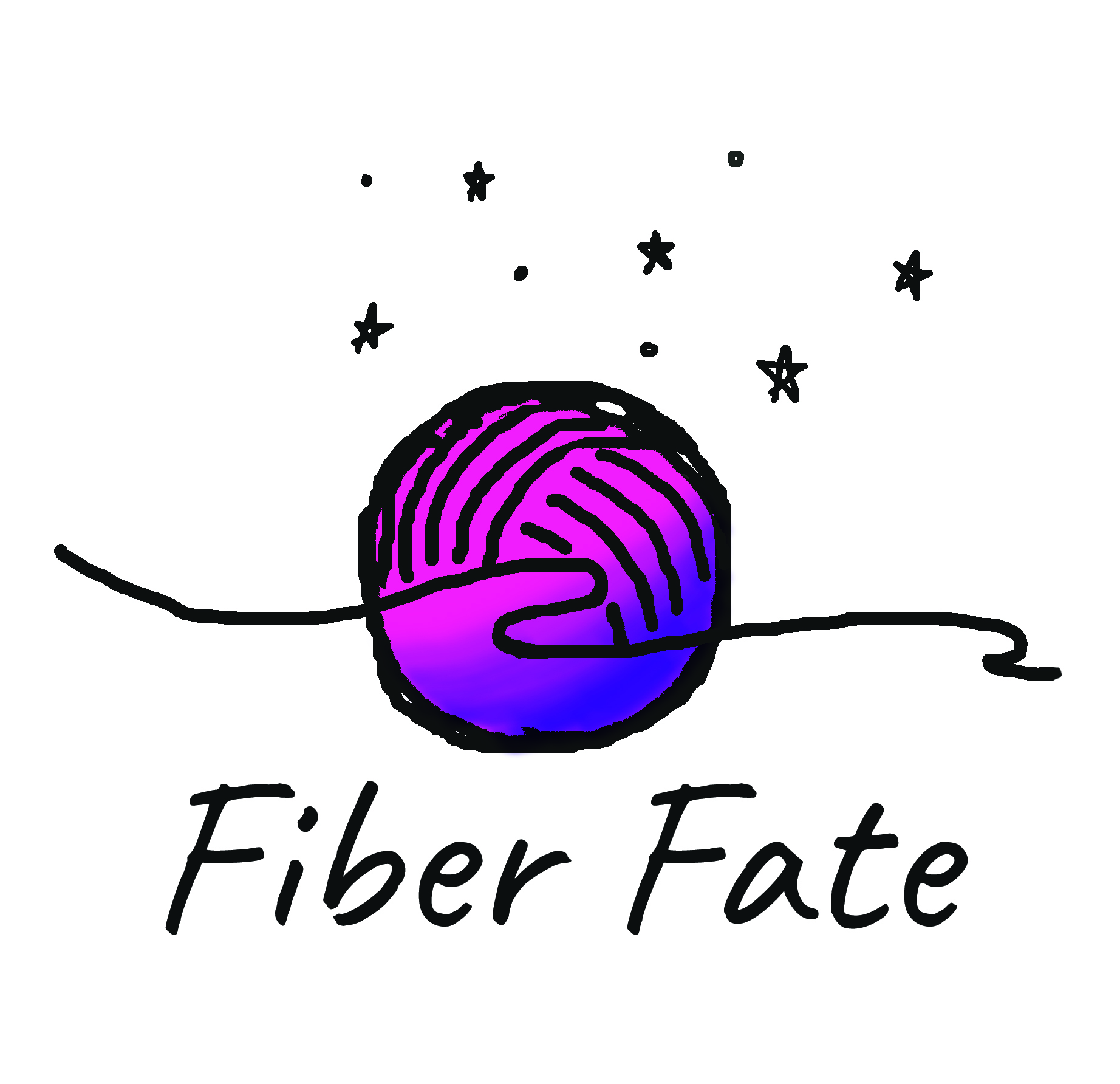fleece in progress – Jacob
Have you ever come across a fleece that is captivating? It pleases your wool senses. It inspires possibilities. It begs to be handled. You love it so much that, after washing, you diligently check on it every hour or so to see if it’s dry yet. Deep inside you know it’s really just an excuse to gaze upon it’s loveliness just a few more minutes. The hand, the crimp, the color… the everything…too wonderful for words.
So, Jacob… um…well.. Jacob didn’t do that for me. Don’t get me wrong, it’s great. It’s a good breed with good sturdy wool. It just didn’t thrill me like I thought it would. High expectations (and lack of doing my homework) is so often a downfall. I got this nice fleece from a farm in New York. It is a yearling fleece! The staple length is 4 to 5 inches which falls right into the expected 3″ to 7″ range. It washed up nicely with 3 washes and 3 rinses. It has a nice balance of dark and light colored wool being a piebald (white with dark spots).
Jacob’s have medium soft wool. This one is, for the most part, pretty soft, which you would expect from a yearling. After washing, I dug into a section to start getting a feel for the wool, it was riddled with kemp. Ugh, I was confused and a little worried. Visions of limited-use skeins flashed before my eyes. Oh dear!

Further investigation revealed it was just that one little area with kemp. Oh, thank goodness! Regarding kemp, I have since read two different things. One, it’s common for Jacobs to have kemp. Two, another source said there should be little to no kemp. Huh. The length is more than great on this fleece. It ranges from 4″ all the way up to 6″ with the bulk of it in the 5″ range. Another common acceptable Jacob trait is varying lengths of wool on each sheep. Often the darker wool is shorter. Jacob fleece is also know to have a nice open structure and light in the lanolin department. It has a down-like quality even thought it is not double coated. It fluffs up with lots of spring when spun. The micron range for the breed is 26-36.
Oh, I almost forgot, one of the main characteristics is the horns. Jacob are polycerates. They have 2 to 6 horns.
A brief history: These charming small framed sheep come from England where they have been very popular for centuries. Beyond the most recent centuries, it is unclear of the original original decent. Some think maybe the area of Syria. Today there are British Jacobs and American Jacobs. Jacobs were imported to the US during the mid 1900’s.
The British decided to breed Jacobs for an even fleece and larger overall body structure. Jacobs in the US have been breed to enhance the quality of wool but leaving other original characteristics the same.
Jacobs are a Heritage or primitive breed. In the United States, they have been put on The Livestock Conservancy conservation list, currently at a “Threatened” status.
Small batches of washed locks and flicked locks are available in my Etsy shop as of the publishing of this blog entry.

